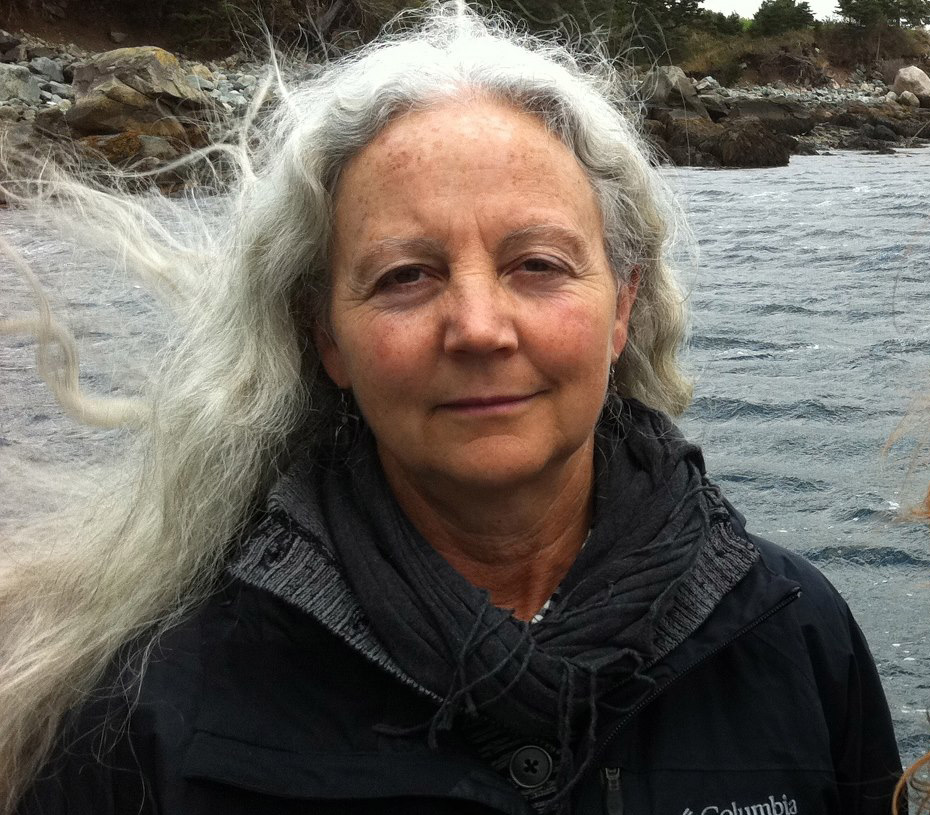
This year, 2019, is the worst salmon return in the history of this country and the silence is terrifying. It feels like everyone is giving up. Salmon are masters at the art of thriving. They are so good at it all we need to do is listen to them and here is how.
Politics aside, the pattern of the 2019 collapse is so clear Siri could navigate it.
Alexandra Morton lays out the nine steps that the Canadian federal government has to take to ensure the survival of wild salmon.
LINK (via: The Georgoa Straight)






Keep an eye on what is happening with Atlantic Salmon research at present, too.
Are the warming climate and, as a consequence, the ocean feeding grounds to blame? Or the rivers? Or the age-old and perfectly natural onslaught of predators? Probably a mixture of all three now, I am onclined to think, what with the natural world “On Tilt” like an old flipper pinball machine.
Some new, very interesting initial findings about missing salmon below, from Scotland.
https://youtu.be/V_MiK1JtFzQ
Seems that a lot of smolts go MIA in the lower river reaches before they even reach saltwater….
To which I will add one CONSTRUCTIVE not negative comment, resulting from working at a British salmon smolt-producing, river-stocking hatchery on the Hampshire Avon after leaving school in the 1970s.
Each winter, at the hatchery, we would have a batch of several hundred large, 2- to 3-year-old salmon parr start going silver and begin to “smolt up” – little fish looking to be away with the wild smolts of the river in the coming spring. We would do everything to help them, including tagging them before we drove them some miles downriver to a section less full of weirs and flow-controlling and old, water-meadow system, carrier stream-feeding “hatches” (old wooden sluice gates through a migrating fish could go and never reach the sea unless the carrier rejoined the main river a few miles below).
A couple of days before we sent the smolts on their way we would would tag them, with great great care, anaesthetizing them first – until the little fish stopped swimming and went belly-up – in a small tank containing MS222 (if my memory serves me right) in weak solution. Then we would tag the fish by means of pushing a packet-fresh hypodermic needle carefully pushed into their backs just below their dorsal fins, through which we would thread a length of monofilament nylon carrying a tiny, numbered, plastic tag.
Then we would return them to a larger tank of fresh, well-aerated water until they were up and swimming again, then, once they were doing so, gently into a medium-sized outdoor pool to spend a few days to recover before we took them downriver.
But there were casualties in that pre-travel recovery period – quite a few casualties, despite all our eye surgeon-quality of delicate care
I wonder if the Missing Salmon people in Scotland have factored tagging casualties into their findings, as it appears that those little wildies were trapped and tagged then very quickly released. This might be significant.
PS – Ye Gods, out of curiosity I looked up what exactly fitting an accoustic tracker to a smolt involves – in short, minor surgery: a scalpel incision, the insertion of a tracker into a mere and delicate tiddler’s body cavity (juvenile salmon are much frailer creatures than similar-sized Brown Trout), followed by a couple of “Off you go, my boy / gal!” sutures!
https://en.wikipedia.org/wiki/Acoustic_tag
I don’t think any of us would be swimming very far or for long after that.